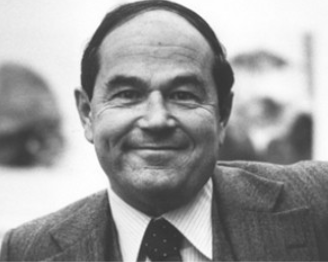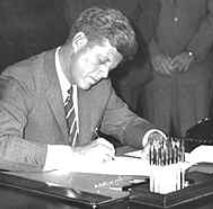
Picture from Syracuse University Burton Blatt institute

Picture from Syracuse University Burton Blatt institute
Burton Blatt (1927–1985) played a crucial role in revolutionizing services for individuals with intellectual disabilities. He was at the forefront of the deinstitutionalization movement, actively involved in establishing community living programs and family support services. In his clinical practice, he placed great emphasis on providing education to children with severe disabilities, whom he referred to as "clinically homeless." As a prominent figure in special education, he advocated for the integration of students with disabilities into public schools and tirelessly worked towards creating a more inclusive society for them.
With already having the title of a Professor at Syracuse University, Blatt provided aid to the exposing of Willowbrook and many other institutions. Blatt worked with Robert Kennedy and Fred Kapan, capturing photographic and video evidence of the horrific, illegal, and revulsive conditions of Willowbrook. This evidence helped in creating a photographic essay entitled, Christmas in Purgatory. This essay was the change that completely shifted the attention of the public and taught the nation on the conditions that were abusive to the children
of Willowbrook Institution.

Senator Robert Kennedy visiting institutions ("snake pits") in New York
Robert Kennedy stated, “I think that at the state institution for the mentally retarded, and I think that particularly at Willowbrook, we have a situation that borders on a snake pit, and that the children live in filth, that many of our fellow citizens are suffering tremendously because lack of attention, lack of imagination, lack of adequate manpower.
There is very little future for these children, for those who are in these institutions. Both need a tremendous overhauling. I'm not saying that those who are the attendants there, or who run the institutions, are at fault – I think all of us are at fault and I think it's just long overdue that something be done about it.” Kennedy expresses his concern about the deplorable conditions at State institutions for the mentally retarded, specifically willowbrook. He describes the situation as a “ snake pit” with children living in filth and suffering due to lack of attention. He emphasizes that institutions and society as a whole need a significant overhaul to address these issues and create a better future for the children of generations to come.
"We as a nation have long neglected the mentally ill and the mentally retarded. This neglect must end…" –President John F. Kennedy

President John F. Kennedy
With the publication of this essay, changes started to arise. President John F. Kennedy placed a final regulation regarding the position of where the Mentally disabled would be legally kept, and the rules that came along with this. This secured the security and promise of wellbeing to families and the nation for the mentally challenged. Below shows what this regulation stated.
President's Panel on Mental Disabilities:
President Kennedy appointed a 26 member panel on October 11, 1961. The panel, chaired by Dr. Leonard Mayo, consisted of outstanding physicians, scientists, educators, lawyers, psychologists, and social scientists. With the exception of Dr. Elizabeth Boggs, who was closely connected with the parents’ movement, Panel members may not have had direct experience with mental retardation as a social issue but each member was influential in his or her respective field. Six task forces were created and charged with conducting an "intensive search for solutions" to the problems experienced by people with mental retardation.
The Panel’s 1962 report contained 112 recommendations under the headings of research, preventive health measures, strengthened educational programs, more comprehensive and improved clinical and social services, improved methods and facilities for care, a new legal and social concept of mental retardation, increased educational opportunities to learn about mental retardation, and public education and information programs.
At this time, the medical profession was considered the final authority on mental retardation and other disabilities. Consequently, the Panel included several medical authorities and emphasized prevention and treatment. Their goal was to "combat" mental retardation, "[exploring] the possibilities and pathways to prevent and cure mental retardation."
The Panel’s report prompted the development of new legislation. Public Law 88-164 authorized funding for developmental research centers in university affiliated facilities and community facilities for people with mental retardation. Amendments to the Social Security Act (Public Law 88-156) increased services for maternal and child health, and funded studies in each state (first reform report) on the status of services for people with mental retardation. The term of the President’s Panel on Mental Retardation expired with the Kennedy Administration.